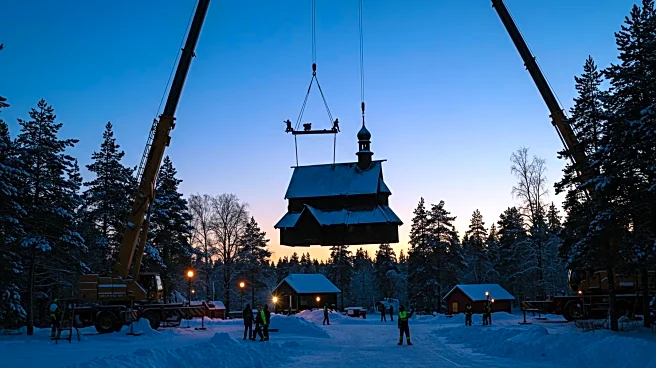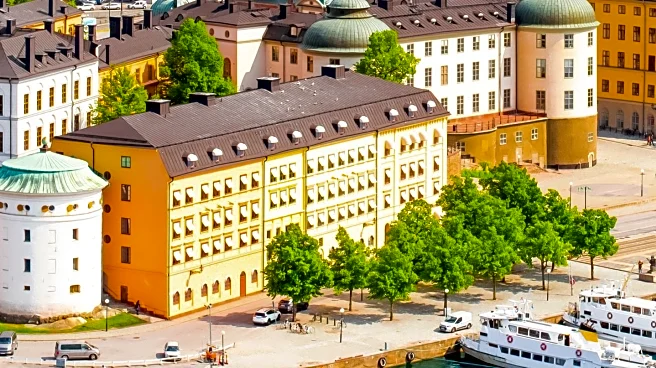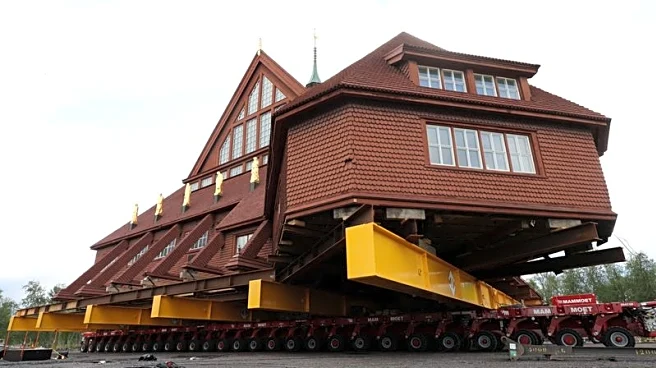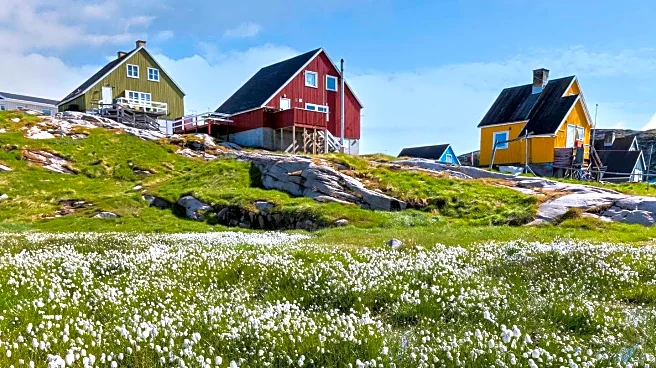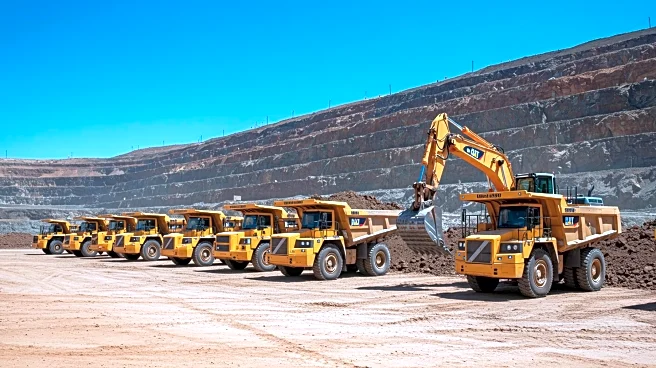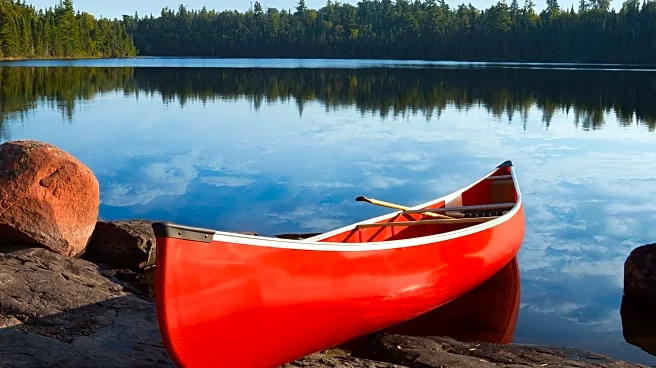What's Happening?
Sweden has commenced the relocation of the 113-year-old Kiruna Church to a new city center to accommodate the expansion of an underground iron ore mine. The church, considered one of Sweden's most beautiful buildings, is being moved approximately 5 kilometers using remote-controlled flatbed trailers. This operation is part of a larger project to relocate much of the Arctic town of Kiruna due to ground instability caused by mining activities. The relocation is financed by mine operator LKAB, costing an estimated 500 million kronor. The event is drawing significant attention, with around 10,000 people expected to witness the move, including Sweden's King Carl XVI Gustaf.
Why It's Important?
The relocation of Kiruna Church highlights the impact of industrial activities on local communities and cultural heritage. While the move is celebrated as an engineering feat, it raises concerns about the disruption of traditional Sami reindeer migration routes, potentially affecting indigenous livelihoods. The relocation underscores the tension between economic development and cultural preservation, as the expansion of the mine necessitates the movement of approximately 3,000 homes and 6,000 people. This event serves as a reminder of the broader implications of resource extraction on communities and the environment.
What's Next?
The relocation of Kiruna Church is part of a decades-long project to move the town's historic center. As the mine continues to expand, further relocations of homes and infrastructure are expected. The Sami community may seek measures to protect their traditional migration routes and preserve their cultural practices. Stakeholders, including local government and LKAB, will need to address these concerns while balancing economic interests. The event may prompt discussions on sustainable mining practices and the protection of cultural heritage.
Beyond the Headlines
The relocation of Kiruna Church raises ethical questions about the prioritization of economic interests over cultural and environmental considerations. It highlights the challenges faced by indigenous communities in preserving their way of life amidst industrial expansion. The event may influence future policies on resource extraction and community engagement, emphasizing the need for inclusive decision-making processes that consider the rights and traditions of affected populations.
